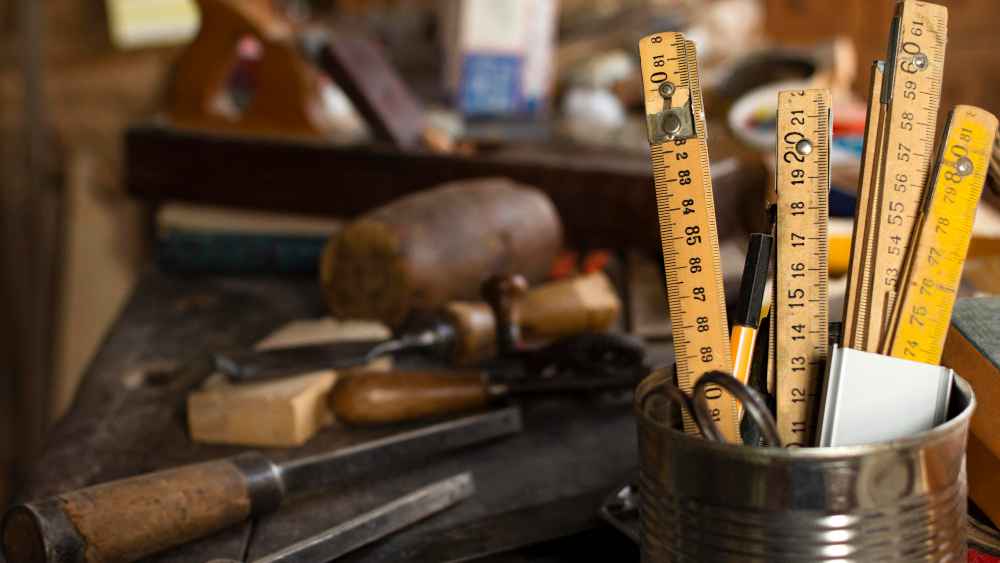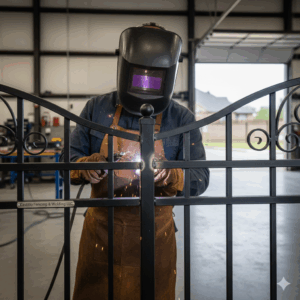Measuring tools are an integral part of various industries, from construction and engineering to science and everyday life. Whether you’re building a house, crafting a piece of furniture, or conducting laboratory experiments, the right tools can make a world of difference in the accuracy and quality of your work. In this blog, we’ll explore different types of measuring tools and their uses, ensuring that you understand when and how to apply them.
1. Rulers and Measuring Tapes
Rulers are one of the most basic measuring tools, yet they’re incredibly important for tasks that require linear measurement. Rulers can be made from various materials, such as wood, metal, or plastic, and are commonly used for measuring lengths or widths of smaller objects. Typically, a ruler will have both metric (centimeters and millimeters) and imperial (inches) measurements.
Measuring Tapes, also known as tape measures, are flexible and can be extended to measure longer distances. They are essential for construction, interior design, and any job where flexibility is needed to measure areas or objects that are large or hard to reach. They come in both metric and imperial units, and some advanced models even have built-in digital readouts for quick measurements.
2. Calipers
Calipers are precision tools that measure the distance between two opposite sides of an object. They come in several types:
- Vernier Calipers: These are the traditional calipers with a sliding scale and a main scale, enabling the measurement of external and internal dimensions, as well as depths.
- Digital Calipers: These are an upgraded version of the Vernier caliper, offering digital readings for greater accuracy. They can measure in both metric and imperial units.
- Dial Calipers: These use a dial gauge to measure the object’s dimensions, which makes them more precise than regular rulers or tape measures.
Calipers are commonly used in mechanical engineering, machining, and carpentry to measure thickness, diameter, or depth.
3. Micrometers
Micrometers, also called screw gauges, are highly accurate measuring tools used primarily for measuring the thickness or diameter of small objects. They are perfect for tasks that require a higher level of precision than calipers can provide. For example, in machining, the micrometer can measure the thickness of a wire or the outer diameter of a shaft to a tolerance of thousandths of an inch (or hundredths of a millimeter).
4. Laser Measure
Laser measures use laser technology to accurately measure distances. These tools are known for their speed and convenience, especially when measuring large distances that would otherwise require cumbersome tape measures or rulers. A laser measure works by sending a laser beam to a target point and measuring the time it takes for the beam to return, allowing the device to calculate the distance.
Laser measures are ideal for surveying, architecture, and construction, where precise measurements of room dimensions or building heights are necessary. Many modern laser measures can also calculate area, volume, and even store previous measurements for easy reference.
5. Levels
Levels, or spirit levels, are used to ensure that surfaces are perfectly horizontal (level) or vertical (plumb). They typically consist of a long, straight body with one or more vials containing liquid and an air bubble. When the bubble is centered within the vial, you know the surface is level.
There are different types of levels for various tasks:
- Bubble Level: Used in construction and carpentry to check whether a surface is level or plumb.
- Laser Level: Uses a laser beam to project a straight line over large distances, ideal for more advanced construction projects.
- Digital Level: Provides an exact digital readout of the surface’s angle or tilt, offering greater precision than traditional bubble levels.
6. Thermometers
Measuring temperature is another crucial aspect in many fields, especially in science, engineering, and food industries. Thermometers can be broadly classified into:
- Mercury Thermometers: These traditional thermometers use mercury to measure temperature by observing the rise of mercury in a tube.
- Digital Thermometers: These give quick and accurate readings, often used in labs or medical settings.
- Infrared Thermometers: These non-contact thermometers are used to measure the temperature of an object from a distance by detecting the infrared radiation emitted.
7. Protractors
A protractor is a tool used to measure angles in two dimensions. It is a semicircular or circular tool marked with degrees (usually from 0° to 180° or 0° to 360°). Protractors are often used in geometry, engineering, and design to ensure angles are precise when creating or analyzing shapes and structures.
There are several types of protractors:
- Standard Protractor: Typically made of plastic or metal, it’s used for basic angle measurement.
- Digital Protractor: Offers more precise readings and can easily show angles in both degrees and radians.
8. Angle Finders
Angle finders are essential tools for measuring angles between two intersecting surfaces. These tools are often used in carpentry, woodworking, and metalworking to ensure that parts fit together properly, especially in joints like those found in furniture or frames. An adjustable angle finder can be set to the desired angle and then used to measure the angle of other surfaces.
9. Speed Squares
A speed square is a triangular tool used in carpentry for quickly marking angles, primarily 90° and 45°, and for ensuring straight cuts. It is extremely useful for framing work and laying out roof pitches, stair stringers, or any other task requiring quick and accurate angle markings.
10. Pressure Gauges
Pressure gauges measure the internal pressure of a system, such as water pipes, tanks, or pneumatic systems. They can be analog, with a dial and pointer, or digital, displaying numerical values. These are crucial in industries such as oil and gas, automotive, and HVAC (heating, ventilation, and air conditioning).
Choosing the Right Measuring Tool
Selecting the correct measuring tool depends on the specific job at hand. For example, if you’re working with small mechanical parts, tools like micrometers or calipers will provide the precision you need. For larger projects, laser measures or measuring tapes might be more appropriate. The key is understanding the scope of your project and the precision required, so you can pick a tool that will deliver accurate results.
Conclusion
Measuring tools play an indispensable role in ensuring that projects, designs, and tasks are completed accurately. Whether you’re working with precise measurements on small parts or tackling large-scale construction projects, there’s a measuring tool designed to meet your needs. By understanding the different types of measuring instruments available, you can enhance your work’s quality, avoid mistakes, and achieve optimal results every time.









